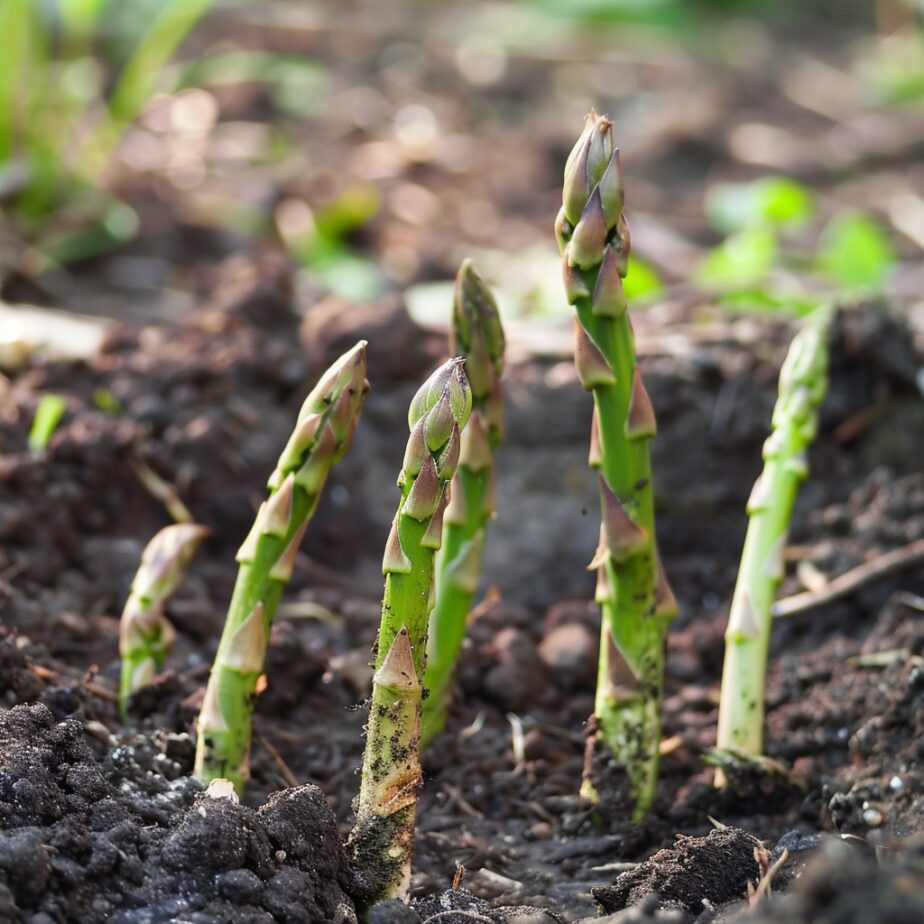Ever dream of a garden that keeps on giving, year after year, with minimal fuss? Enter asparagus. This perennial veggie might just be the low-maintenance, high-reward crop you’re looking for. Imagine planting it once and enjoying its delectable spears each spring for up to 20 years or more. Sounds too good to be true? Well, buckle up, because we’re about to dive into the world of growing asparagus, and trust me, it’s a journey worth taking.
Understanding Asparagus: A Perennial Powerhouse

First off, let’s clear up what makes asparagus such a standout in the veggie world. Unlike most vegetables that you have to plant annually, asparagus, once established, comes back every year on its own. It’s the gift that keeps on giving! But, patience is key. Asparagus requires a couple of years to settle in before it starts producing harvestable spears. However, once it gets going, you’re set for decades.
Picking the Perfect Spot
Asparagus thrives in full sunlight and well-drained soil. Choose a spot in your garden that gets at least 8 hours of sunlight a day. Since asparagus is a long-term resident in your garden, make sure the location is somewhere it won’t be disturbed. A quiet corner that doesn’t get dug up often is ideal.
Prepping the Bed: A Solid Foundation
Soil preparation is crucial for asparagus success. These plants love rich, well-draining soil with a slightly alkaline pH. Work in plenty of organic matter like compost or well-rotted manure to give your asparagus a nutrient-rich environment. If you’re dealing with heavy clay soil, consider raising your beds to improve drainage.
Choosing Your Asparagus: Crowns vs. Seeds
You’ve got two options for starting asparagus: crowns or seeds. Crowns are one-year-old plants that give you a head start, reducing the waiting time for your first harvest. Planting from seeds is cheaper but requires more patience, adding an extra year before you can start harvesting.
Planting Crowns: The Fast Track to Spears
To plant asparagus crowns, dig trenches about 12 inches wide and 6 inches deep. Space the crowns 18 inches apart in rows that are 4 to 5 feet apart. Spread the roots out in the trench and cover them with 2 to 3 inches of soil. As the plants grow, gradually fill in the trench with more soil.
The Waiting Game: Care and Patience
The hardest part of growing asparagus is the wait. Resist the temptation to harvest any spears in the first two years after planting. This patience allows the plants to establish a strong root system. During this time, keep the bed free of weeds, water regularly, and add a layer of mulch to retain moisture and suppress weeds.
Year Three and Beyond: Harvest Time
In the third year, you can start enjoying the fruits of your labor, but keep it light—harvest sparingly for only a few weeks. From the fourth year onward, you can harvest more freely, typically over a six to eight-week period in spring. When the spears start to thin out, that’s your cue to stop harvesting and let the plants focus on growing for next year.
Keeping It Going: Maintenance Tips
After the harvest season, allow the fern-like foliage of the asparagus to grow; it’s essential for photosynthesis, helping the plant store energy for next year’s crop. In fall, once the foliage turns yellow or brown, cut it back to ground level to help prevent disease.
In Conclusion
Growing asparagus requires a bit of patience and initial effort, but the payoff is huge—a perennial source of delicious, home-grown spears every spring. By choosing the right spot, preparing your bed with care, and giving your plants the TLC they need, you’ll establish an asparagus patch that’ll keep you in spears for many years to come. Happy gardening!

